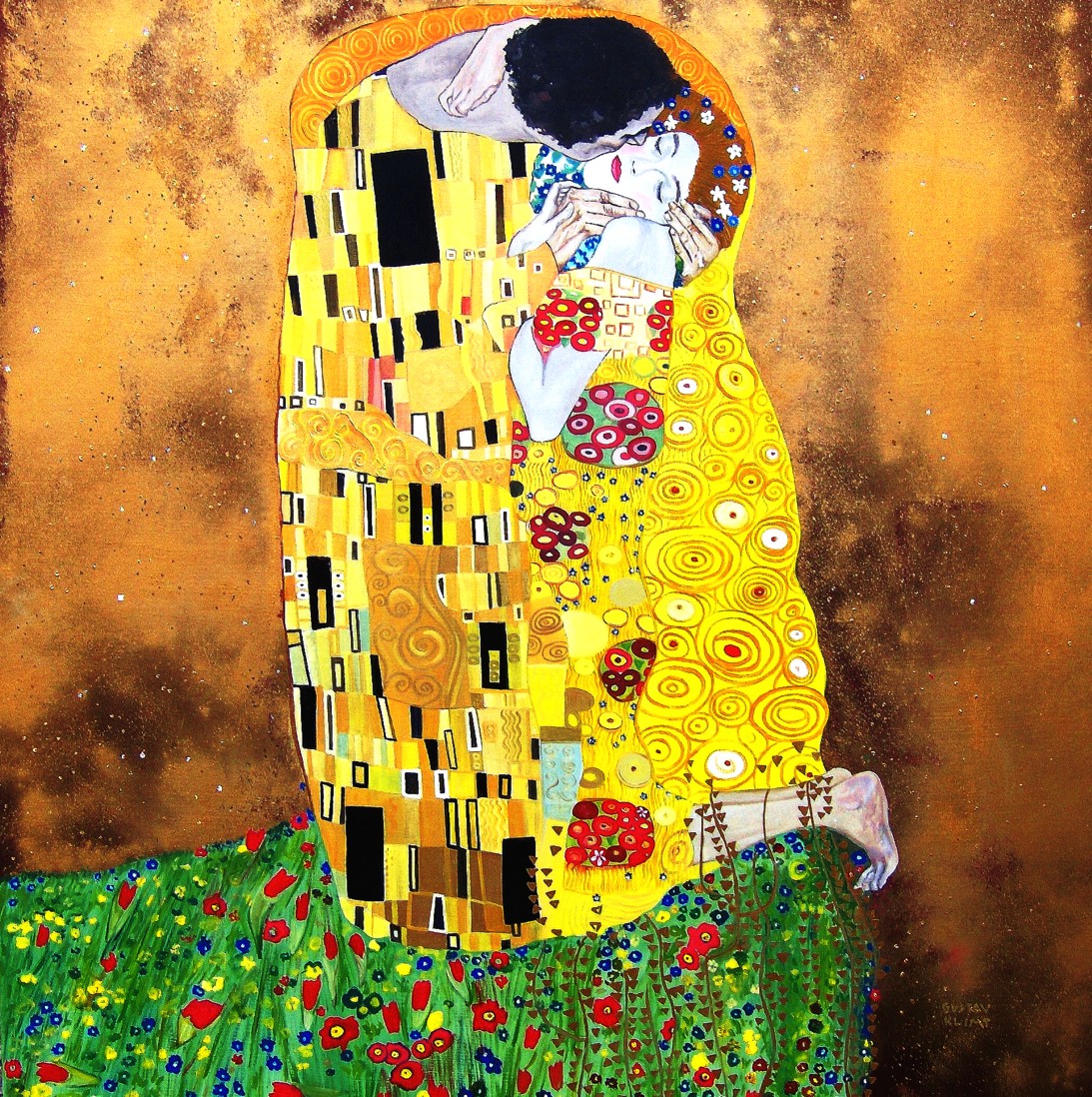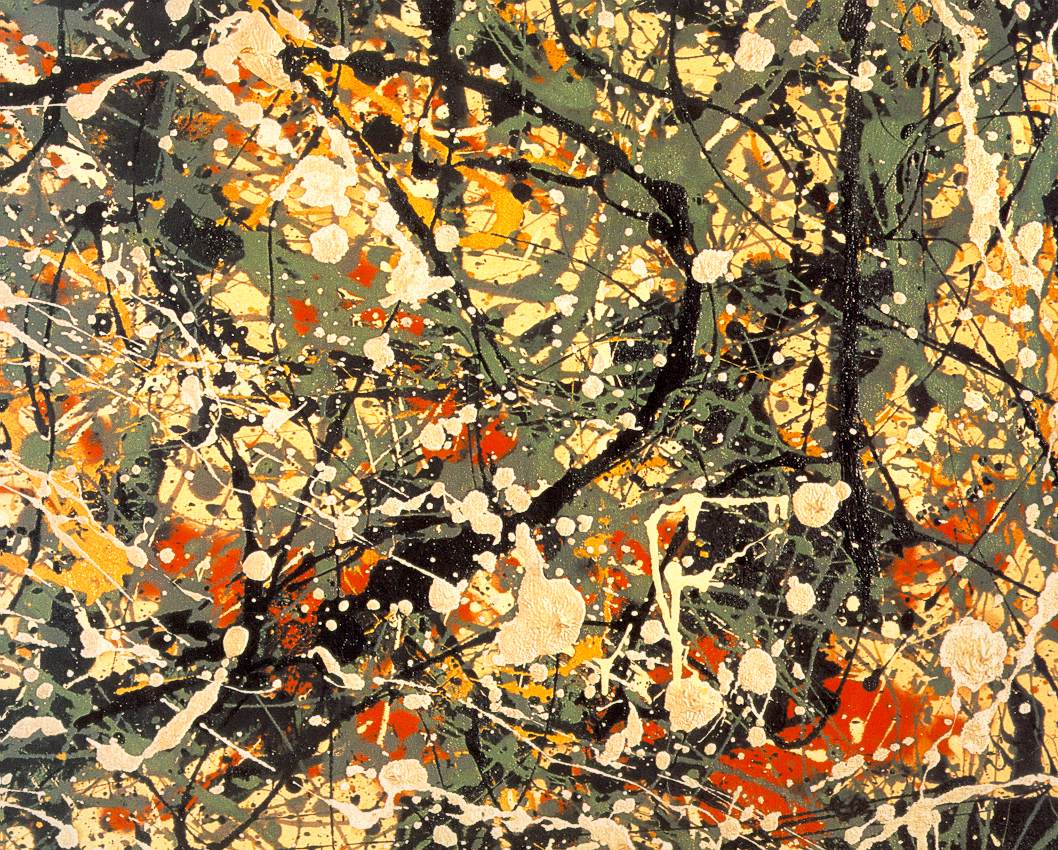FOIL EMBOSSED EGG PICTURES
This is an activity I have been wanting to try since I saw this pin on Pinterest. Easter eggs seemed an easy design to try and coloured foil always make me think of Easter...
You will Need:
Cardboard
Heavy Duty Aluminium Foil
Permanent Markers
Hot Glue Gun (normal glue would work too yet I was time limited and needed something fast drying)
How To:
First the children drew a picture with pencil onto their piece of cardboard. Then when they were decorating their hard boiled eggs (see info further down) I traced over their design with hot glue. I then gave them a piece of foil that was pressed over their pictures. They had to rub the foil with their fingers to reveal the picture underneath (the bits with the glue are raised so the rubbing makes these bits stand out). When they had done this we folded the extra foil in behind (like wrapping a present) and they coloured in the pictures with the permanent markers. It was a really sunny day when we did these and when they were finished they loved looking at them glistening in the sun. I even stuck a bit of magnetic tape to the back of some and placed them on our fridge. I didn't capture photos of all of them (or the process) as it was the last class and they took them home and I was rather busy doing a million things at once..
DECORATED EGGS
Dying Hard Boiled Eggs brings back memories of childhood as we always did this with my Mum. It was great fun doing it again and I can't believe we haven't made this an Easter tradition in our household earlier.
There are SO many ways to decorate an egg these days. Pinterest seems to have millions of wonderful ideas and the Blog world is posting idea after idea. I did a little research, was inspired by a whole bunch of creative parents, and then couldn't decide which ones to try. We were limited on time (1 hour lesson), experience (5 year old had to be able to do it) and what supplies I had available. In the end I offered 4 ways to decorate their eggs (yes I should have stuck to one for simplicity yet you know me I have to try everything..). I hard boiled the eggs (boil at least 10 mins) as I thought they would be less likely to break (we still had lots of breakages) and easier to prepare (I boiled over 30 eggs).
Here is how we decorated them. Sorry there are not a lot of photos as we were too busy having fun to take photos during the process. Actually it was more about the fun process than the actual results (which was lots of broken eggs that were a little muddy coloured after exploring different methods on top of each other). Experimentation is what art is about sometimes too, as without it you will never try new things. You also need to experiment in art to find your own art style.
1. Volcano Eggs
I was totally inspired by Housing a Forests Volcano Eggs post. I just love mixing SCIENCE with ART!
I mixed some Bicarb of Soda (baking soda) with food colouring and a little water in some paint palettes. I then asked the children to paint their eggs with this paste. We then dropped the painted eggs into jars of vinegar and watched the fizzy reaction. Oh what fun...the kids just kept repainting the eggs and dropping them in again until we were out of paint. I wish I took photos of all the FIZZY fun yet it was all too busy. I guess we will just have to do something similar again.
 |
| Volcano egg after being dipped in vinegar and fizzing.. |
This was quite a traditional approach to dying eggs. We stuck on stickers (stars or dots) and then rolled the eggs in the dye. The egg was dried and stickers removed and the egg re-dipped to get a different colour onto the part where the sticker was. For a wax resist look you just draw on the eggs with white crayons and then dip them in the dye. The areas with crayon resist the dye and remain white. I just mixed warm water (I didn't want to use boiling since children were involved), food colouring and a bit of vinegar in containers and the children rolled their eggs in this. The traditional approach of dunking the egg with an egg spoon in the boiling water would have produced more vibrant colours faster I expect.
3. Permanent Markers Colouring
A simple way of decorating your eggs. Just provide the children with some permanent markers and let them draw to their hearts content..
4. Scratch Eggs
I've been wanting to make scratch paper with the children (and we might still do this) yet thought it would be fun to do this on eggs, especially after seeing them on the Blog Me Mom blog. We used oil pastels rather than crayons to colour in the eggs as they seemed to go on easier with brighter colour. You just fill in patches of colour all over your egg. Paint it with black acrylic paint and let it dry. Then when its dry you can scratch your patterns into the paint revealing the pretty oil pastel below. We used wooden skewers to scratch off the paint.
We didn't have an artist of the week this week as it was only the Tuesday Class. This was the last lesson of the term and we are away for the holidays so I hope everyone has a lovely holiday break. I will be back posting next term. Thanks to everyone for the wonderful feedback on the classes and the blog. It's been a great term and I have loved every moment. I am so inspired to CREATE, I hope your children and you are too!
Cheers
Fiona


















































